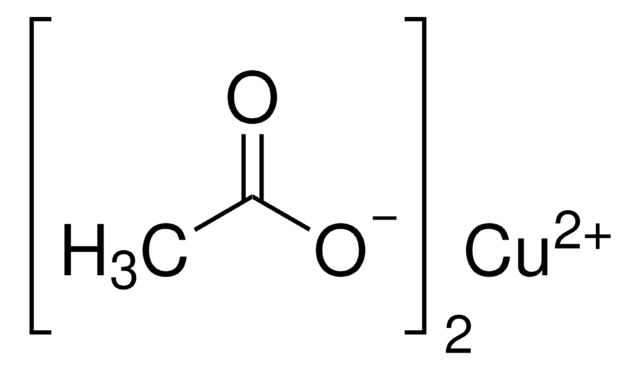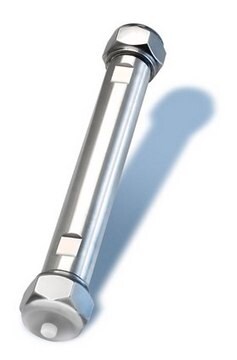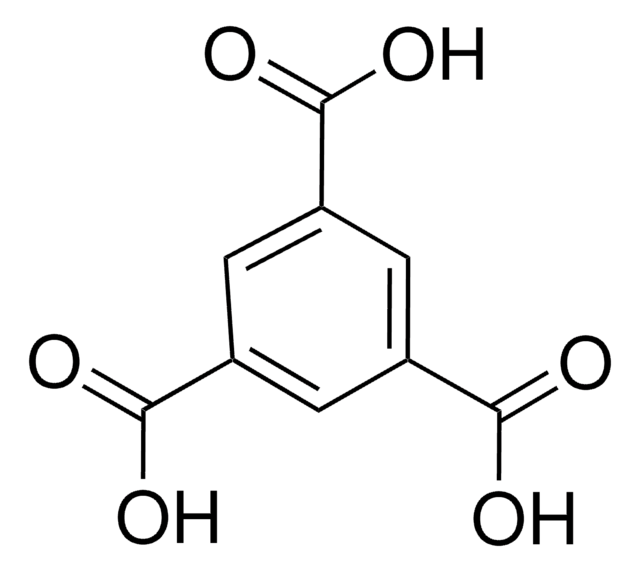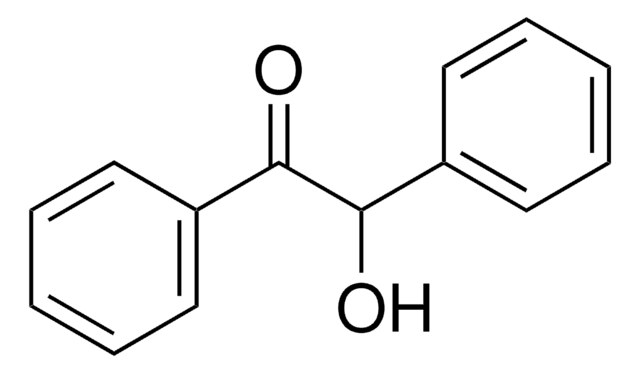61148
Copper(II) acetate monohydrate
puriss. p.a., ≥99.0% (RT)
Sinonimo/i:
Cupric acetate monohydrate
About This Item
Prodotti consigliati
Densità del vapore
6.8 (vs air)
Grado
puriss. p.a.
Saggio
≥99.0% (RT)
Forma fisica
powder or crystals
Caratteristiche più verdi
Catalysis
Learn more about the Principles of Green Chemistry.
sustainability
Greener Alternative Product
Impurezze
≤0.01% total nitrogen (N)
pH
5.2-5.5 (20 °C, 20 g/L)
Anioni in tracce
chloride (Cl-): ≤10 mg/kg
sulfate (SO42-): ≤500 mg/kg
Cationi in tracce
Ca: ≤20 mg/kg
Cd: ≤5 mg/kg
Co: ≤5 mg/kg
Cr: ≤5 mg/kg
Fe: ≤50 mg/kg
K: ≤50 mg/kg
Mg: ≤5 mg/kg
Mn: ≤5 mg/kg
Na: ≤50 mg/kg
Ni: ≤5 mg/kg
Pb: ≤20 mg/kg
Zn: ≤50 mg/kg
Categoria alternativa più verde
Stringa SMILE
O.CC(=O)O[Cu]OC(C)=O
InChI
1S/2C2H4O2.Cu.H2O/c2*1-2(3)4;;/h2*1H3,(H,3,4);;1H2/q;;+2;/p-2
NWFNSTOSIVLCJA-UHFFFAOYSA-L
Cerchi prodotti simili? Visita Guida al confronto tra prodotti
Descrizione generale
Applicazioni
- Impact of temperature on the physicochemical, structural and biological features of copper-silica nanocomposites.: This study investigates how temperature variations affect the properties of copper-silica nanocomposites. The research focuses on the physicochemical and structural changes that occur and their subsequent impact on biological applications. The findings provide valuable insights for the development of advanced materials with tailored properties for specific applications (Dulski et al., 2020).
Avvertenze
Danger
Indicazioni di pericolo
Consigli di prudenza
Classi di pericolo
Acute Tox. 4 Oral - Aquatic Acute 1 - Aquatic Chronic 2 - Eye Dam. 1 - Skin Corr. 1B
Codice della classe di stoccaggio
8A - Combustible corrosive hazardous materials
Classe di pericolosità dell'acqua (WGK)
WGK 3
Punto d’infiammabilità (°F)
does not flash
Punto d’infiammabilità (°C)
does not flash
Certificati d'analisi (COA)
Cerca il Certificati d'analisi (COA) digitando il numero di lotto/batch corrispondente. I numeri di lotto o di batch sono stampati sull'etichetta dei prodotti dopo la parola ‘Lotto’ o ‘Batch’.
Possiedi già questo prodotto?
I documenti relativi ai prodotti acquistati recentemente sono disponibili nell’Archivio dei documenti.
I clienti hanno visto anche
Il team dei nostri ricercatori vanta grande esperienza in tutte le aree della ricerca quali Life Science, scienza dei materiali, sintesi chimica, cromatografia, discipline analitiche, ecc..
Contatta l'Assistenza Tecnica.









